When it comes to aquaponics systems, Hybrid Bass offer the best of both worlds. These fish are a cross between Striped Bass and White Bass, and they combine the hardiness and fast growth of Striped Bass with the mild, sweet flavor of White Bass. But what exactly makes Hybrid Bass such a great choice for aquaponics systems? Let’s take a closer look.
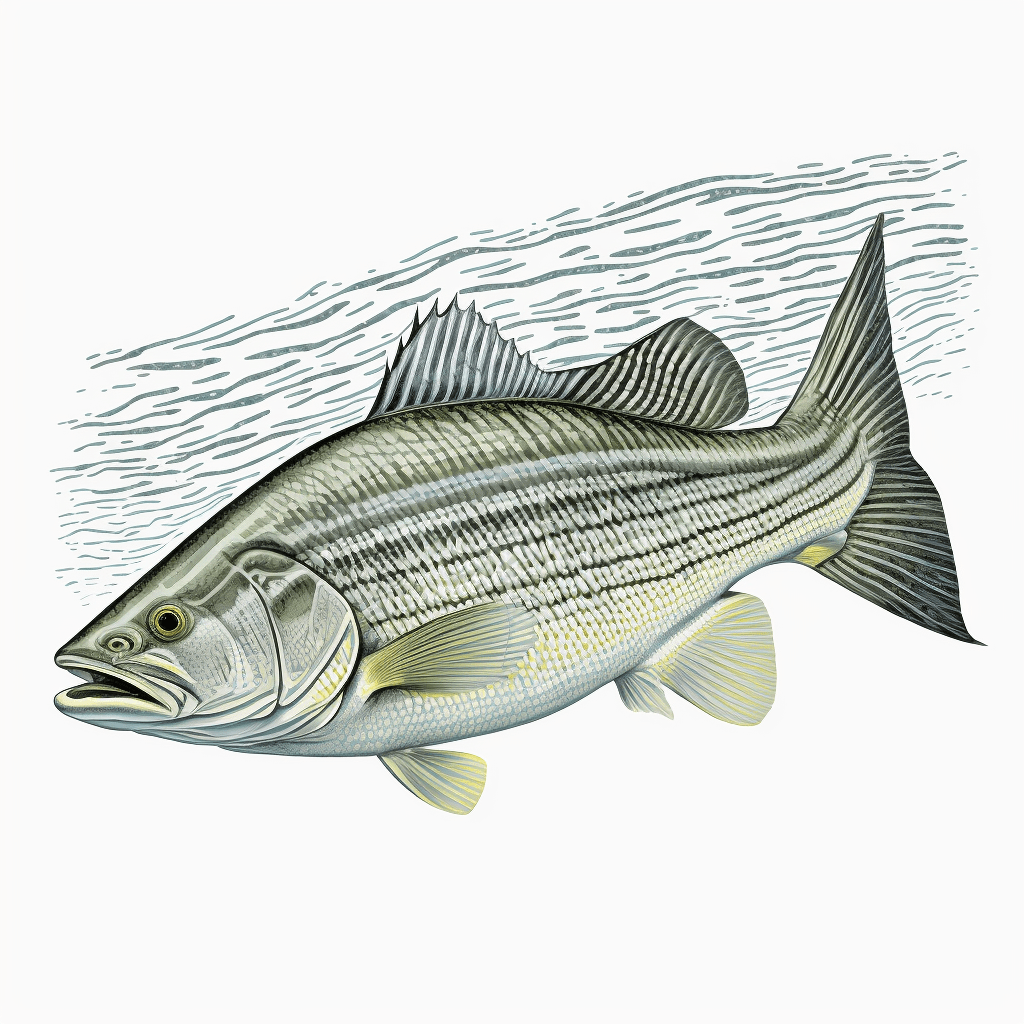
A hybrid striped bass, also known as a wiper or whiterock bass, is a hybrid between the striped bass (Morone saxatilis) and the white bass (M. chrysops). It can be distinguished from the striped bass by broken rather than solid horizontal stripes on the body. Hybrid striped bass are considered better suited for culture in ponds than either parent species because they are more resilient to extremes of temperature and to low dissolved oxygen
First, let’s talk about the basics. Hybrid Bass are a type of fish that are bred in captivity by crossing a female Striped Bass with a male White Bass. The resulting offspring are sterile, meaning that they cannot reproduce, but they retain the desirable traits of both parent species.
But what about in aquaponics systems? Well, Hybrid Bass are actually a great choice for these setups. They are hardy, fast-growing, and can be raised for food relatively quickly. Plus, their mild, sweet flesh is popular with many consumers.
Of course, raising Hybrid Bass in an aquaponics system does come with its own set of challenges. These fish require specific water conditions in order to thrive, including a temperature range of 65-75 degrees Fahrenheit and a pH range of 6.5-8.0. It’s important to monitor the water quality in your system regularly and make adjustments as needed to ensure that the fish have a healthy environment to live in.
Feeding Hybrid Bass in an aquaponics system is also important. These fish are carnivorous and require a diet high in protein. They can be fed a variety of live and frozen foods, including worms, insects, and small fish. However, it’s important to avoid overfeeding your fish, as this can lead to water quality problems.
Despite these challenges, raising Hybrid Bass in an aquaponics system can be a highly rewarding experience. These fish are easy to care for and can provide a significant amount of food for your family or for sale. Plus, they are a great conversation starter – who wouldn’t want to brag about raising their own delicious, hybrid fish in a backyard aquaponics system?
But perhaps the best thing about raising Hybrid Bass in aquaponics systems is the sense of accomplishment that comes with it. These fish are not difficult to raise, but with the right care and attention, they can thrive in an aquaponics system and provide a bountiful harvest of delicious, mild-flavored flesh.
So if you’re looking for a new challenge in your aquaponics setup, consider giving Hybrid Bass a try. These impressive fish may just be the perfect catch you’ve been looking for.
Tips for Caring for Hybrid Bass in Aquaponics Systems
Caring for Hybrid Bass in an aquaponics system requires some knowledge and attention to detail. Here are some tips for ensuring that your Hybrid Bass stay healthy and thrive in your system:
- Monitor Water Quality – As mentioned earlier, Hybrid Bass require specific water conditions to thrive. It’s important to monitor the levels of ammonia, nitrite, and nitrate in your system regularly and make adjustments as needed to ensure that the fish have a healthy environment to live in.
- Provide Adequate Feeding – Hybrid Bass are carnivorous and require a diet high in protein. They can be fed a variety of live and frozen foods, including worms, insects, and small fish. However, it’s important to avoid overfeeding your fish, as this can lead to water quality problems.
- Provide Adequate Space – Hybrid Bass require a lot of space to swim and grow. It’s important to avoid overstocking your aquaponics system with too many fish, as this can lead to water
Tips for Raising Hybrid Bass in Aquaponics Systems
In addition to caring for your Hybrid Bass, there are some additional tips for successfully raising these fish in your aquaponics system:
- Choose the Right Tank Size – Hybrid Bass require a minimum tank size of around 500 gallons per fish. This means that if you want to raise a group of Hybrid Bass, you’ll need a fairly large aquaponics system.
- Consider Adding Oxygen – Hybrid Bass require a high level of dissolved oxygen in the water. Consider adding additional aeration to your system to ensure that the fish have enough oxygen to breathe.
- Monitor Fish Behavior – Hybrid Bass can be aggressive towards other fish, so it’s important to monitor their behavior regularly and separate any individuals that are displaying aggressive behavior towards others.
Pros and Cons of Raising Hybrid Bass in Aquaponics Systems
Like any fish species, raising Hybrid Bass in aquaponics systems comes with its own set of pros and cons. Here are a few to consider:
Pros:
- Hybrid Bass combine the desirable traits of both Striped Bass and White Bass.
- They are hardy and fast-growing, making them a good choice for aquaponics systems.
- Their mild, sweet flesh is popular with many consumers.
Cons:
- Hybrid Bass require specific water conditions and care to thrive in aquaponics systems.
- They can be aggressive towards other fish, which can be a challenge when choosing other species for your system.
- Hybrid Bass require a large tank size, meaning that you’ll need a fairly large aquaponics system to raise them.
In conclusion, raising Hybrid Bass in aquaponics systems can be a rewarding experience for those willing to put in the effort. With the right care and attention, these fish can thrive in an aquaponics system and provide a bountiful harvest of delicious, mild-flavored flesh. By monitoring water quality, providing a proper diet, and ensuring that your fish have enough space to swim and establish their own territory, you can successfully raise Hybrid Bass in your aquaponics system and enjoy the best of both worlds.

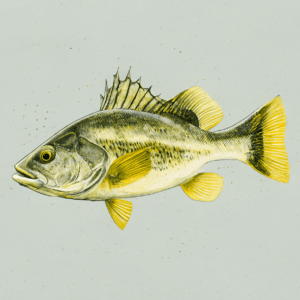
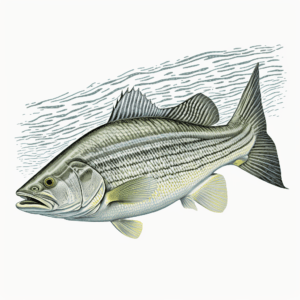
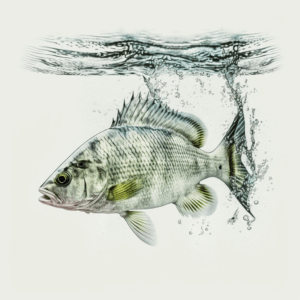
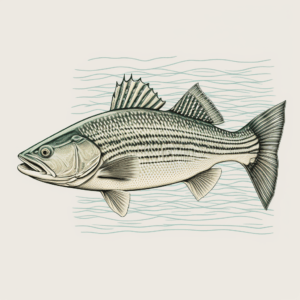



Leave a Reply